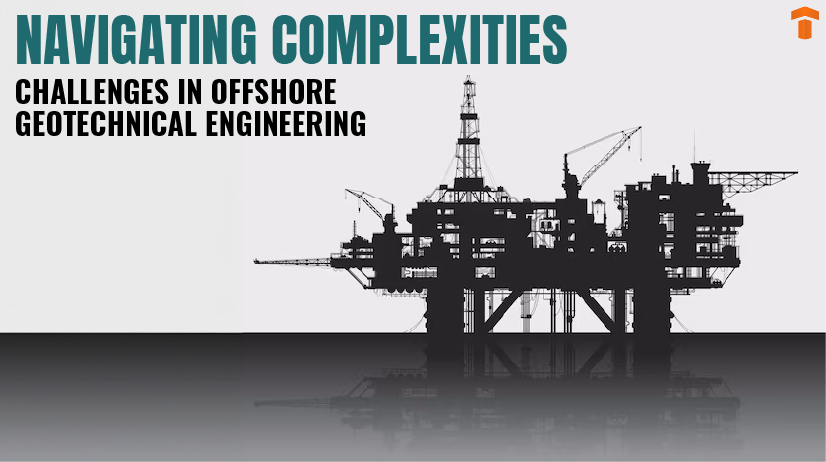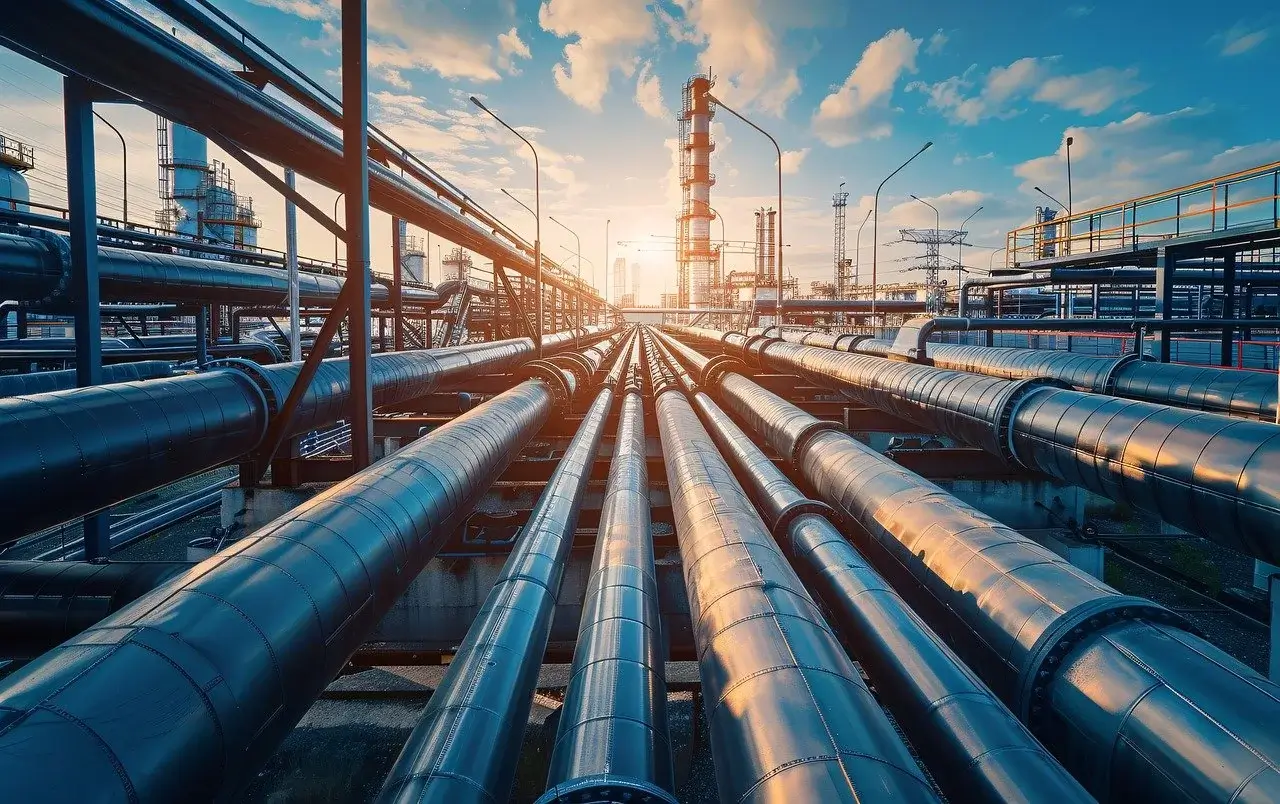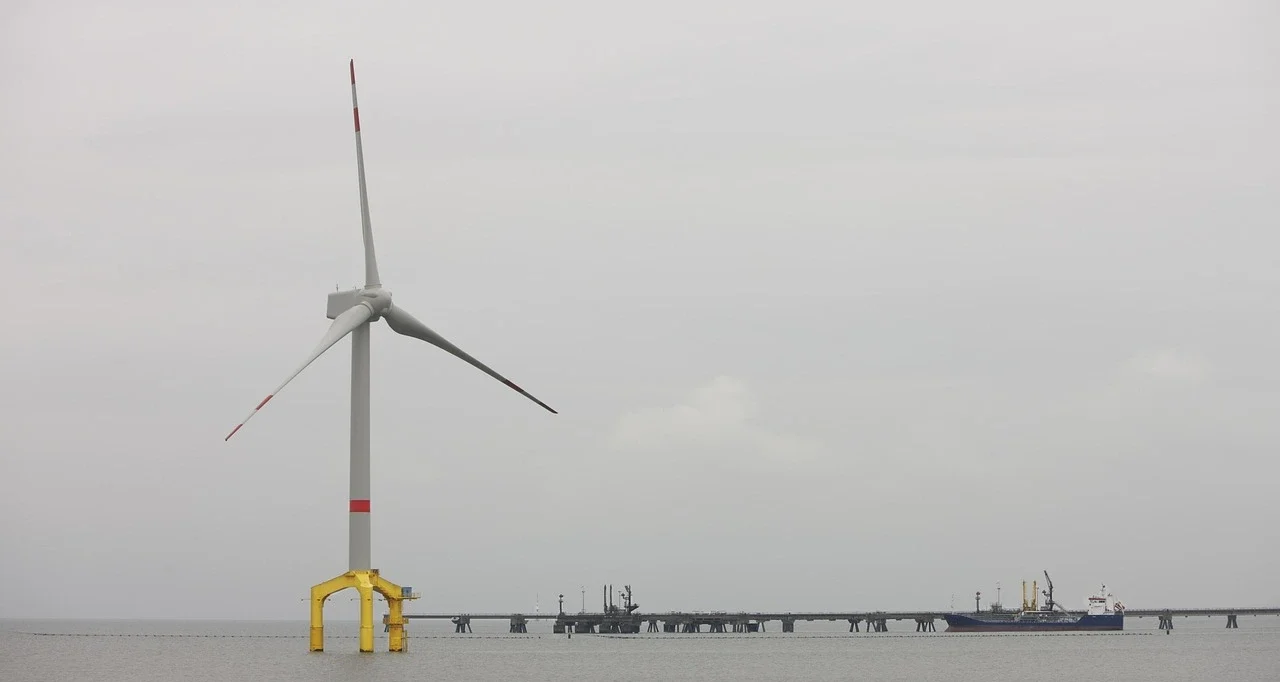Navigating Complexities: Challenges in Offshore Geotechnical Engineering
Jul 01, 2024
Category: Others
Admin

Offshore geotechnical engineering is important to the success of significant marine projects such as oil platform development in the North Sea and offshore wind farm installation along the coast of Europe. These projects demonstrate the significance of knowing soil-rock dynamics in marine environments.
This field helps with the design and construction of offshore structures, ensuring they can survive severe sea conditions. The challenges in offshore geotechnical engineering differ significantly from those encountered onshore.
Offshore Projects
Offshore projects include the following structures and facilities:
Pipeline Projects

Water Transmission
It involves the construction of pipelines to transport water across the seabed. The pipelines span long distances and traverse varying seabed conditions.
Oil and Gas Pipelines
Hydrocarbons are transported from offshore processing plants to onshore processing plants. These pipelines are designed to withstand corrosion and different geohazards
Oil and Gas Platforms
They are critical for the exploration and extraction of oil and gas reserves located beneath the seabed. They need a strong foundation to carry heavy loads and withstand dynamic forces.
Port, Jetty, and BreakWater Projects
These structures are important for coastal protection and maritime transportation. They have to be built to resist the strong currents, tides, and waves. They must also provide secure docking, as well as efficient loading and unloading facilities.
Offshore Wind Farms

Wind turbines are installed in the marine environment to generate renewable energy. The foundations for these turbines must be capable of supporting tall towers and resisting dynamic loads.
| Also Read: AI in Geotechnical Engineering
Challenges in Offshore Geotechnical Engineering
The following are the key challenges in offshore geotechnical engineering:
Environmental Constraints
High winds, waves, and currents can hinder site investigations and construction activities. Environmental regulations can restrict the extent and methods of seabed exploration and construction.
Lateral Loads and Cyclic Loading
Waves, currents, and wind all cause major lateral loads on offshore structures.
The stability of the foundation and its fatigue life is affected by cyclic loading due to wave action and dynamic forces.
Complex Soil Conditions
Offshore soils often show complex stratigraphy, with strata of varied stiffness and strength.
Marine processes like sediment transport, deposition, and erosion have an impact on this. The heterogeneity of these soils complicates determining their mechanical properties.
Greater Water Depths
Deeper waters present greater challenges for foundation design in offshore structures.
Deepwater foundations have to endure harsh environmental conditions, higher pressures, and extremely high temperatures.
New Foundation Types
Thorough geotechnical analysis is necessary for innovative foundation designs. This includes suction caissons, gravity-based constructions, and monopiles.
Geohazards
Offshore structures are subject to a wider range of geohazards, including:
● Seabed instability such as landslides, Soil liquefaction
● Seismic activity
● Submarine volcanoes and gas hydrates
● Erosion and scour
Technological Limitations
Due to remote and harsh marine environments, technological challenges persist in offshore geotechnical engineering. Geotechnical data must be interpreted using modern analytical tools and procedures.
Site Investigation Costs
Conducting detailed site investigations on the seabed is costly due to the remote location.
Shallow Gas Hazards
The presence of shallow gas pockets can impair soil stability and cause hazards during foundation installation.
Conclusion
Addressing the challenges of offshore geotechnical engineering requires a multi-disciplinary approach. Continued technological development and research are crucial for resolving these challenges. They guarantee safe, sustainable, and cost-effective coastal infrastructure.
FAQs
Q1. What are the various geohazards in offshore geotechnical engineering?
Ans. Seismic activity, slope failures, and seabed instability are some examples of geohazards. Erosion and gas hydrates also present major challenges.
Q2. How do soil conditions differ in offshore environments?
Ans. Soil conditions offshore can be unusual, with factors like the presence of carbonates and shallow gas. The soil stratigraphy is varying, influenced by marine processes like sediment transport, deposition, and erosion.
Q3. What is the significance of layered soil strata in offshore geotechnical engineering?
Ans. Layered soil profiles affect foundation behavior. For precise geotechnical analysis and design, it is essential to understand the soil strata.








